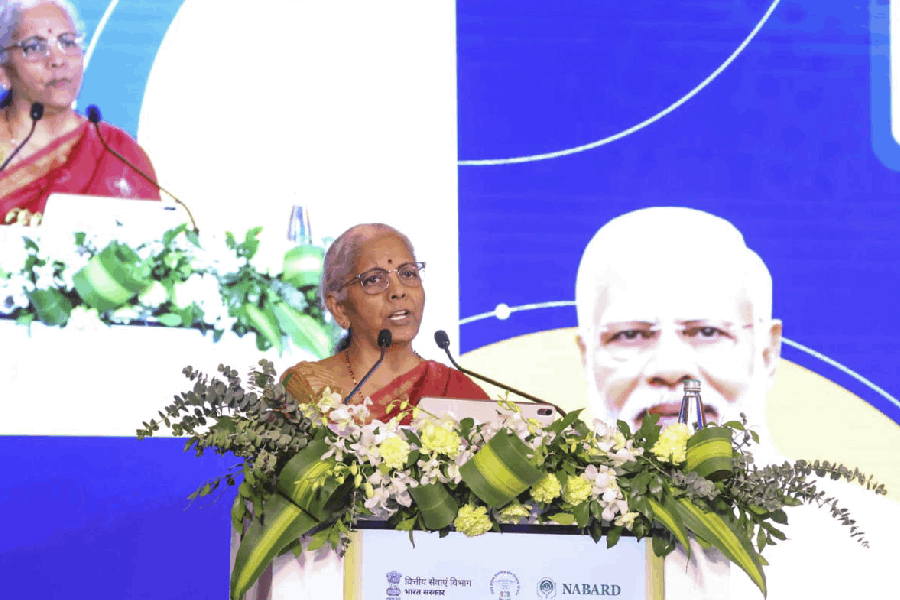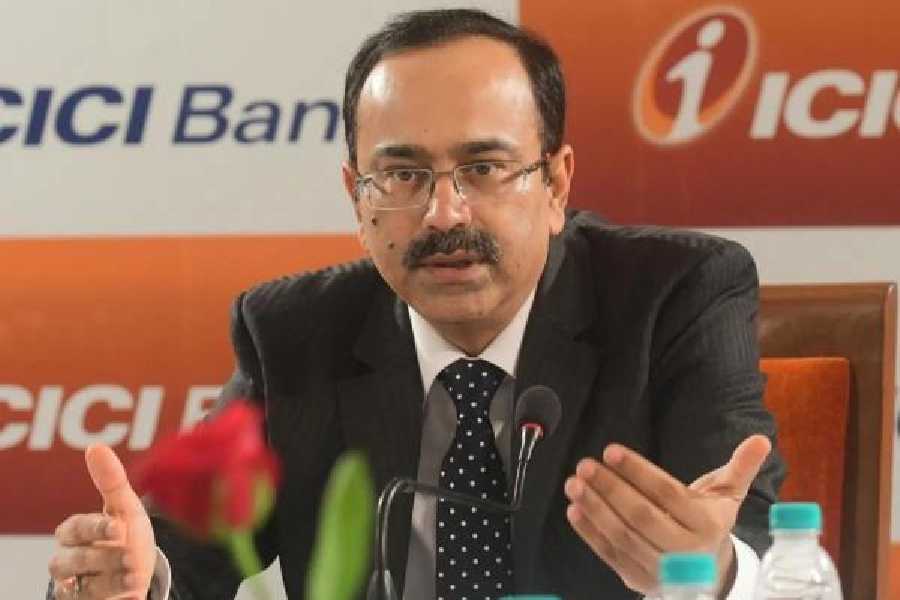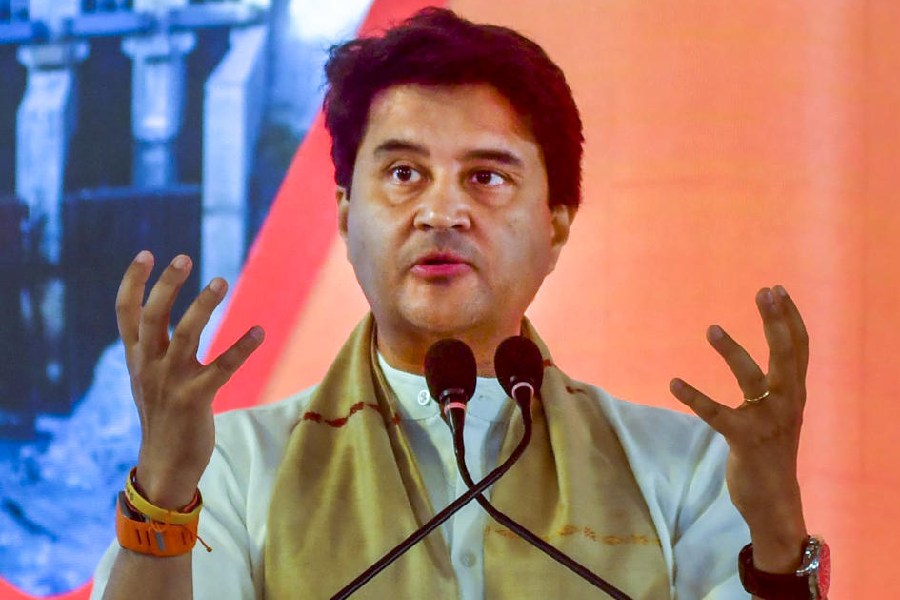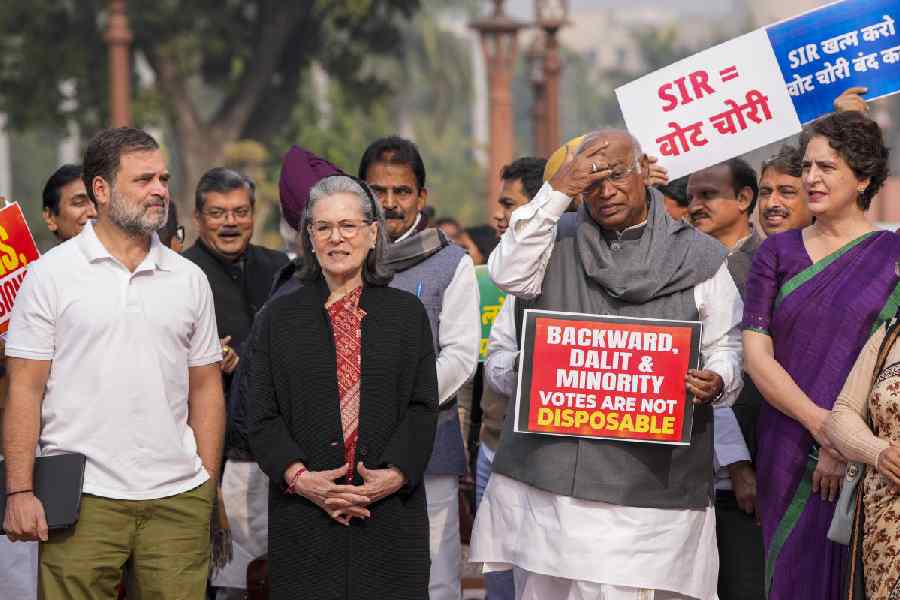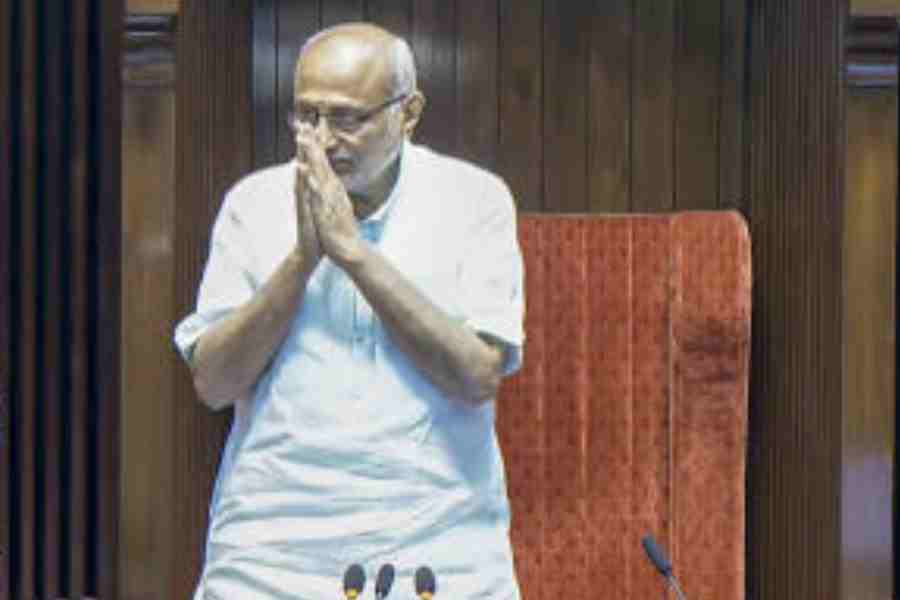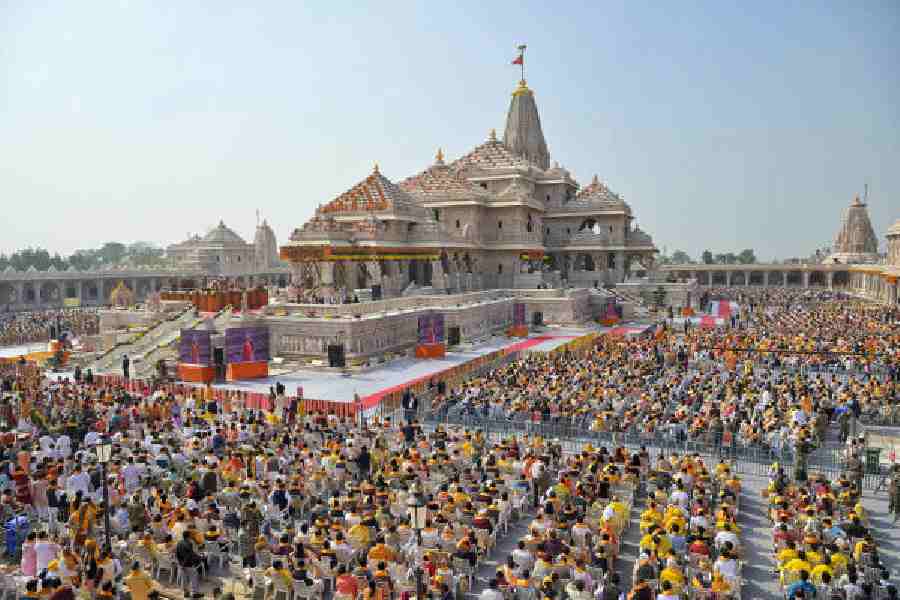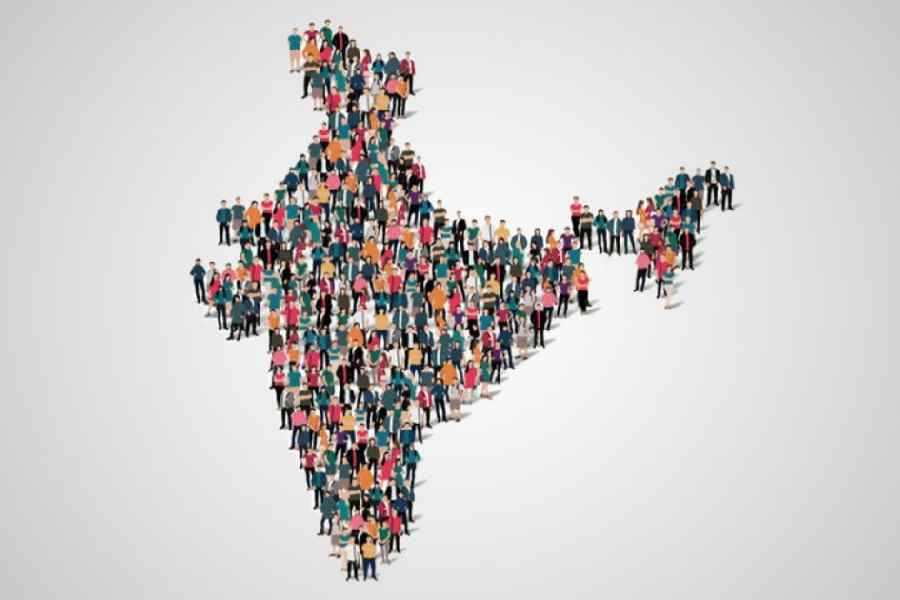The government on Saturday hailed the GST reforms as a “Diwali gift” to consumers, pointing to a surge in festive sales across sectors including automobiles, electronics, and daily essentials.
Finance minister Nirmala Sitharaman, along with commerce and industry minister Piyush Goyal and information and broadcasting minister Ashwini Vaishnaw, said the lower GST rates introduced on September 22 are already boosting household consumption.
The revamped GST structure, which came into effect on September 22, 2025 has led to price reductions in 375 items, ranging from toothpaste and shampoo to cars and televisions.
The GST Council had approved the overhaul on September 3, introducing a simplified two-rate system of 5 and 18 per cent in place of the earlier four-rate structure of 5, 12, 18, and 28 per cent.
The finance minister said 99 per cent of daily-use items are now cheaper under the new regime.
Sitharaman said the government has been monitoring 54 essential items to ensure that the benefits of the tax cuts are passed on to consumers.
“We found that in every one of them, the tax benefit due to the GST reforms has been passed to the end consumer. The Prime Minister’s Diwali gift has been delivered,” she said.
She added that in some cases, businesses had passed on higher-than-expected benefits to consumers.
“GST rate reduction has resulted in an increase in purchases. The consumption drive will continue,” Sitharaman said, noting that the lower rates have already boosted sales in automobiles, electronics, and FMCG sectors.
The GST reforms, while hailed by the government as a “Diwali gift,” have also drawn heavy criticism from some quarters. Consumers on social media pointed out that the prices of several essential items, including cooking oils and grocery staples, have in fact risen since the reforms.
The finance minister informed that the consumer affairs department has received 3,169 complaints regarding non-reduction in prices commensurate with GST cuts, of which 3,075 have been forwarded to nodal officers in the Central Board of Indirect Taxes and Customs (CBIC).
94 complaints have been resolved so far. To streamline the process, the department will soon enable a new functionality on the grievance reporting portal to forward complaints directly to chief commissioners of respective zones.
Highlighting the consumption boom, Sitharaman said sales of air conditioners doubled on the first day of GST 2.0’s implementation, while television sales rose by 30–35 per cent.
She also pointed to a strong performance in the automobile sector, where “three-wheeler dispatches rose 5.5 per cent year-on-year, two-wheeler sales reached 21.6 lakh units, and passenger vehicle dispatches stood at 3.72 lakh in September.”
Hero MotoCorp, she added, recorded its highest-ever monthly sales during the month.
Goyal said the festive season witnessed record-breaking sales across sectors.
“During Navratri, Maruti Suzuki sold 1.65 lakh cars in the first eight days. Mahindra’s sales increased by 60 per cent, and Tata sold over 50,000 vehicles. The electronics sector has also broken all records,” he said.

